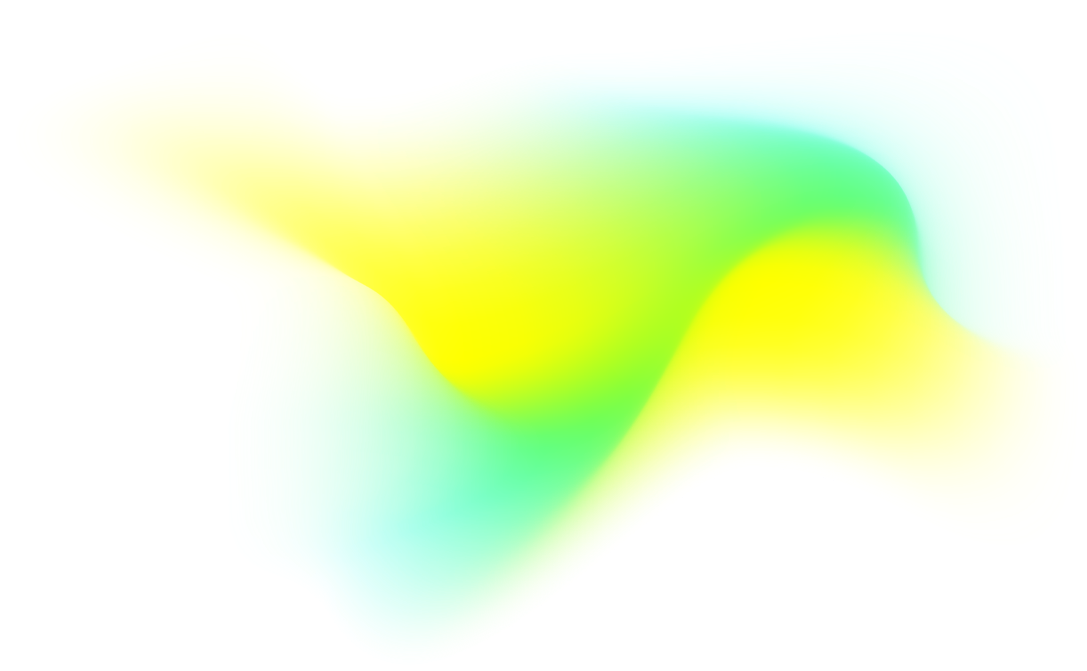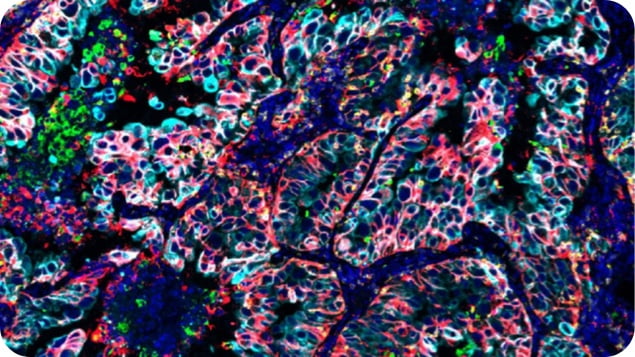
MDSC FixVUE™ Panel
Identify Myeloid Derived Suppressor Cells within the tumor microenvironment This MDSC 4-plex/5-color panel enables the characterization of myeloid derived suppressor cell populations into M-MDSCs and PMN-MDSCs.
View additional information (PDF)This antibody panel consists of the following markers:
Cell Phenotypes
Cell Phenotyping with the MDSC FixVUE Panel

The MDSC FixVUE antibody panel enables users to identify myeloid-derived suppressor cells (MDSCs). MDSCs are a heterogenous population that grow in response to high levels of inflammation and exhibit levels of immune cell suppression. MDSCs exist mainly in two forms: monocytic MDSCs (M-MDSCs) and polymorphonuclear MDSCs (PMN-MDSCs). These cell types can be characterized based on the co-expression of markers.
Markers
Phenotype |
CD11b | CD14 | CD15 | HLA-DR |
Myeloid cell/lymphoid cell |
|
|
|
|
Monocyte/Macrophage/Dendritic cell |
|
|
|
|
M-MDSC (-/low) |
|
|
|
|
Granulocyte (neutrophil/eosinophil) |
|
|
|
|
PMN-MDSC (-/low) |
|
|
|
|
Antigen-presenting cell |
|
|
|
|
This multiplex IHC panel enables the spatial identification of single biomarkers and co-expression in cells enabling the observation of several phenotypes. The above is a partial list of the 16 distinct binary phenotypes that this panel can identify. The number of phenotypes increases if binned marker intensities are taken into account (e.g. expression of HLA-DR).
Phenotype
Markers
Phenotype, Markers
Myeloid cell/lymphoid cell
Monocyte/Macrophage/Dendritic cell
M-MDSC (-/low)
Granulocyte (neutrophil/eosinophil)
PMN-MDSC (-/low)
Antigen-presenting cell
Product Biology
Markers
Main Cell Type
Markers,Main Cell Type
CD11b
Myeloid cel
CD11b, Myeloid cel
CD11b is primarily expressed on cells of a myeloid lineage. Myeloid cells differentiate into specific cell types such as neutrophils, monocytes, macrophages, and dendritic cells.
CD14
Monocyte
CD14, Monocyte
Monocytes are large myeloid cells that can often differentiate into macrophages and dendritic cells. These cells coexpress CD14 and HLA-DR. In the context of MDSCs, M-MDSCs are in a paused state on their path from myeloid to monocytic
differentation and express CD14, but lack HLA-DR expression.
CD15
Granulocyte
CD15, Granulocyte
Granulocytes are a type of myeloid cell that are characterized by the presence of granules in the cytoplasm, and have a varying nuclear shape; often termed as polymorphonuclear (PMN) leukocytes. Granucloytes can differentiate into
neutrophils (prominent cell type), eosinophils, basophils, and mast cells. In the context of MDSCs, PMN-MDSCs are in a paused state on their development path from myeloid to neutrophil differentiation and express CD15, but lack or weakly
express HLA-DR.
HLA-DR
Antigen-presenting cel
HLA-DR, Antigen-presenting cel
Human leukocyte antigen (HLA) complex encodes the major histocompatibility complex (MHC). HLA-DR is themain isotype of 3 isotype (-DR, -DP, -DQ) responsible for presentation of antigens to T cells and B cells. Often, HLADR is used as a marker indicating the presence of antigenpresenting cells (APC).

